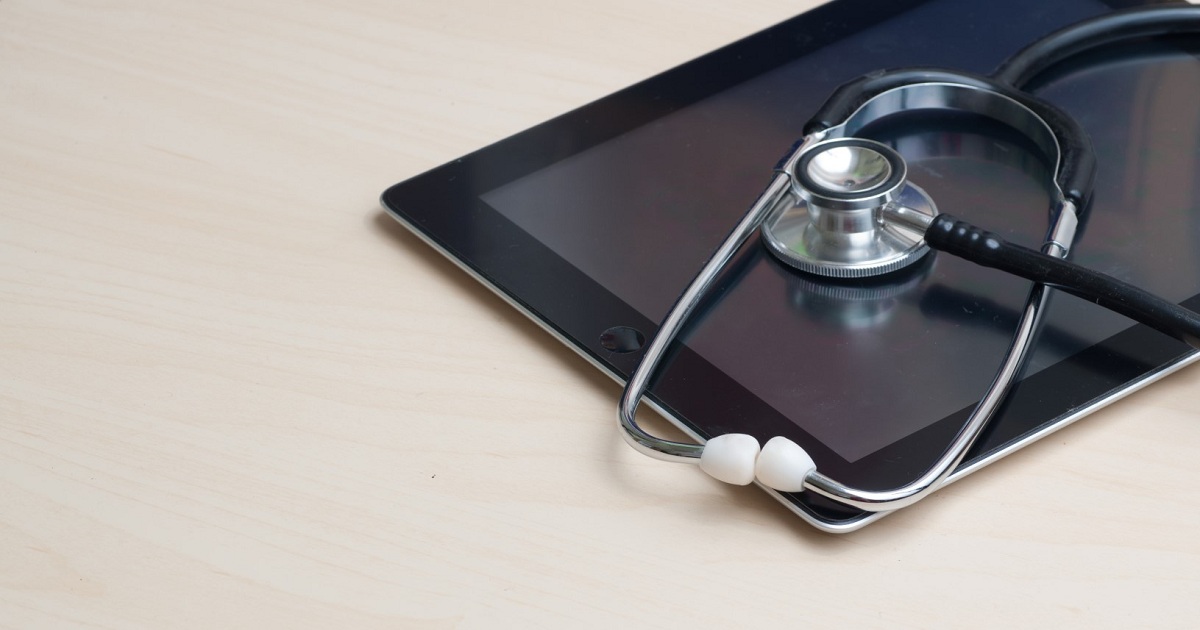Telehealth emerges as access tool in healthcare transformation
Healthcare organizations are faced with addressing the “triple aim” of improving cost, quality and access to medical care. Telehealth has been seen as a tool to improve access with its convenience and availability with mobile apps or personal computers. Regulators are seeing the value of the technology with states loosening rules about the practice of telehealth and reimbursement improving, the American Telemedicine Association said. However, it will take some time for telehealth to reach its full potential to blend telehealth into current care processes. Right now, telehealth is separate from many of the healthcare workflows, which is keeping the technology from reaching its fullest potential – in terms of quality and patient experience. This can be overcome by addressing the economics, whether that is in health plan design and also how providers are compensated. Despite recent improvements in telehealth reimbursements, many of the payments are tied to in-person visits. Healthcare providers, payers and regulators need to figure out what treatments need to be reimbursed. Telemedicine, which involves clinician-to-clinician remote consults, is immensely important in emergency care and has shown a great deal of use in treating stroke, since not every facility has neurology covered around the clock. Certain medical specialties, such as psychiatry or dermatology, have a real opportunity to capitalize upon telehealth, as well as non-emergency, urgent care.


